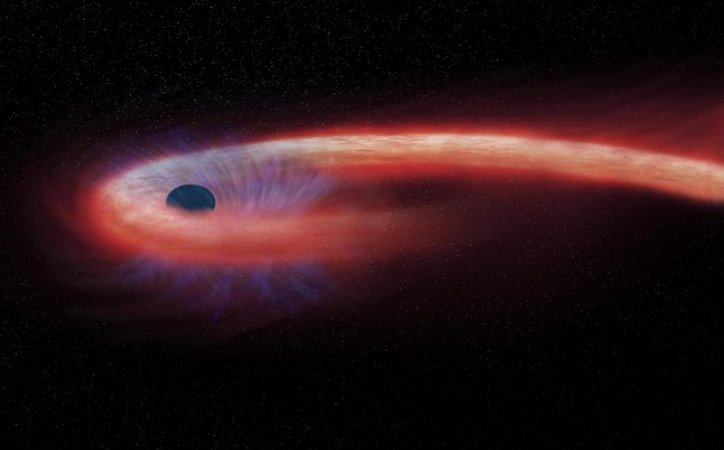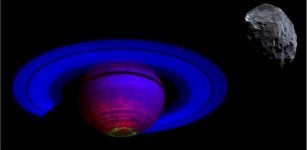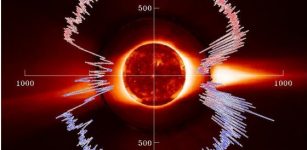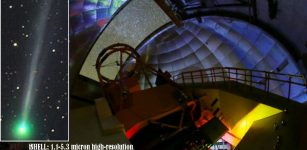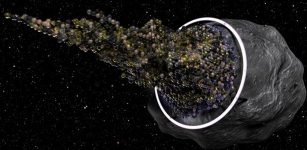Star Spaghettified By Black Hole Observed By Astronomers For The First Time
Eddie Gonzales Jr. – MessageToEagle.com – Astronomers have for the first time ever observed a star being spaghettified by a black hole.
For decades astronomers have been spotting bursts of electromagnetic radiation coming from black holes. They assumed those are the result of stars being torn apart, but they have never seen the silhouette of the actual material ligaments.
Now a group of astronomers, including lead author Giacomo Cannizzaro and Peter Jonker from SRON/Radboud University, has for the first time observed spectral absorption lines caused by strands of a spaghettified star.
A black hole tears down a star, leaving a long string of star material, which then wraps itself around the black hole. Credit: NASA / CXC / M. Weiss
Most stars in our Universe die of natural causes. They either blow off their outer shells, or simply cool down due to fuel shortage, or they could go out with a bang in a giant supernova explosion. But stars living in the inner region of their galaxy might not be so lucky.
They are in danger of getting torn into slim filaments by the supermassive black hole that lurks in the center of most galaxies. The extreme gravity of the black hole pulls so much harder at one side of the star than at the other side that it rips the star apart. Astronomers like to call this process spaghettification, but in scientific publications, they reluctantly stick with the official term Tidal Disruption Event.
Radiant spaghetti strands — in theory
After a star has transformed into a spaghetti strand, it proceeds to fall further into the black hole, emitting a short burst of radiation. Astronomers have spotted these bursts for decades now, and based on the theory they assumed that they were looking at Tidal Disruption Events. But they have never seen the actual material ligaments, as in a physical object that not only emits but also blocks light.
Now an international team of astronomers has for the first time observed spectral absorption lines while looking at one of the poles of a black hole. It was already evident that black holes can have a disk of accreted material around their equator, but absorption lines above a black hole’s pole suggest there is a long strand wrapped many times all around the black hole, like a yarn ball: the actual material ligament from a freshly torn star.
For the first time: spectral absorption observed
The researchers know the black hole is facing them from its pole because they detect X-rays. The accretion disk is the only part of a black hole system that emits this type of radiation. If they were looking edge-on, they wouldn’t see the accretion disk’s X-rays.
“Moreover, the absorption lines are narrow,” says lead author Giacomo Cannizzaro (SRON/Radboud University). “They are not broadened by the Doppler effect, like you’d expect when you would be looking at a rotating disk.”
Written by Eddie Gonzales Jr. – MessageToEagle.com Staff

